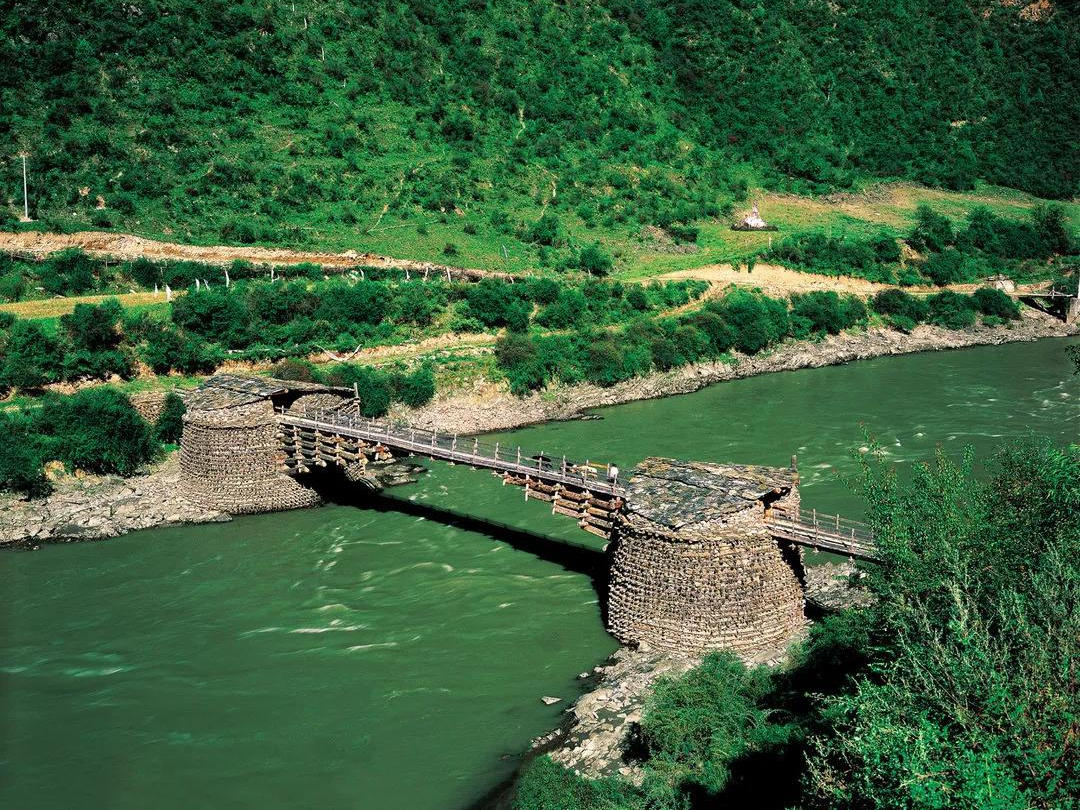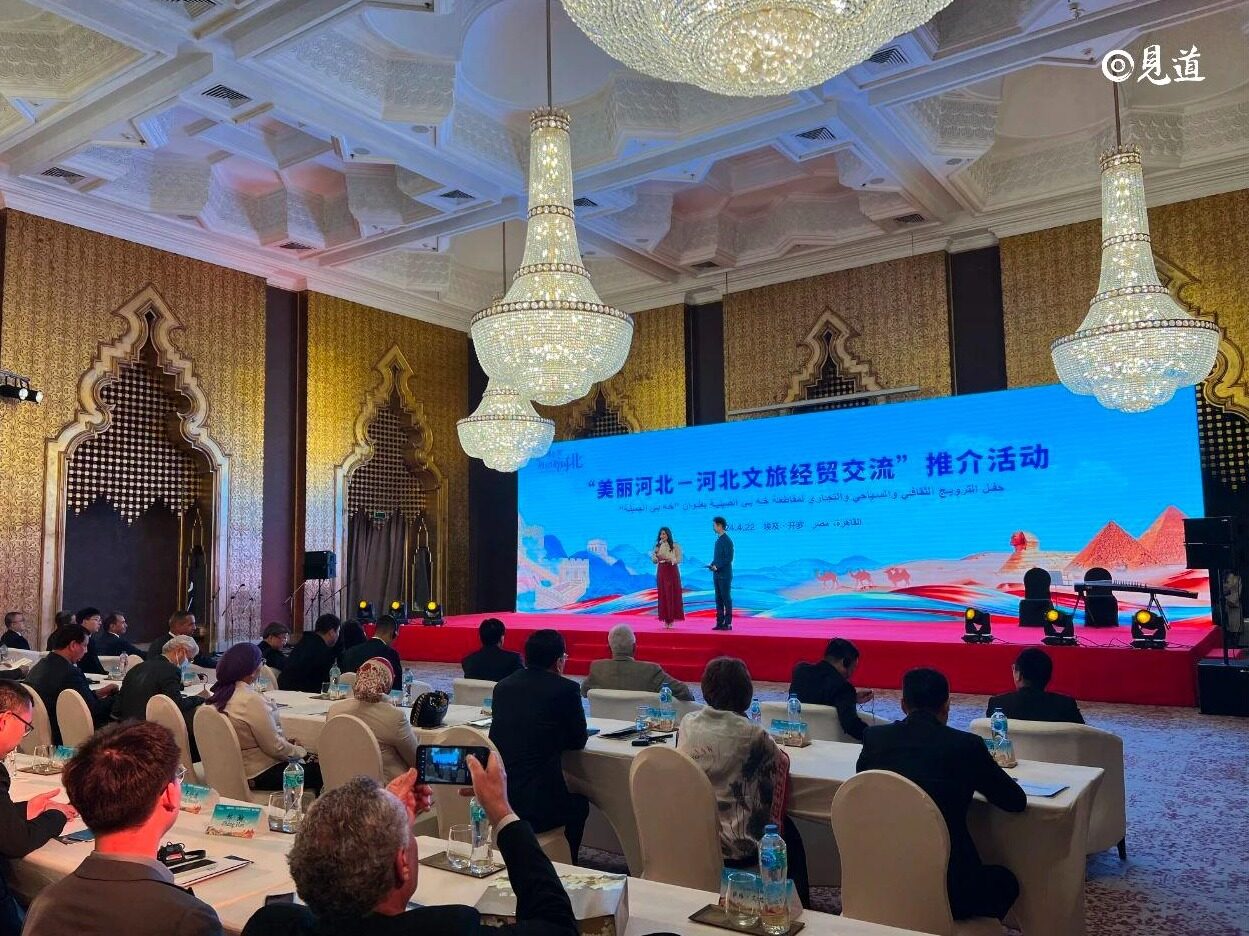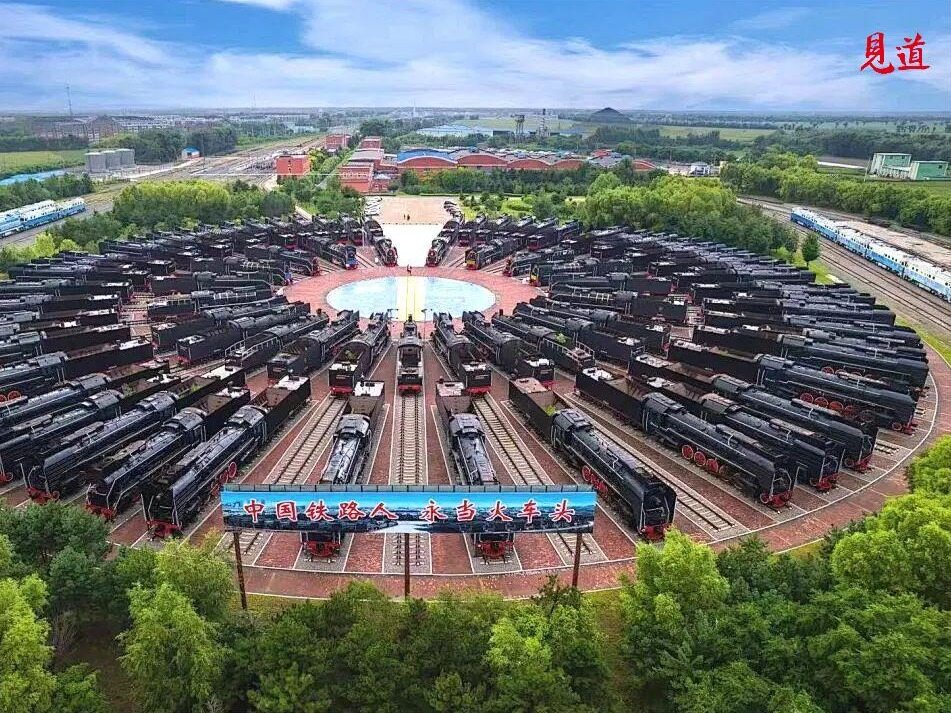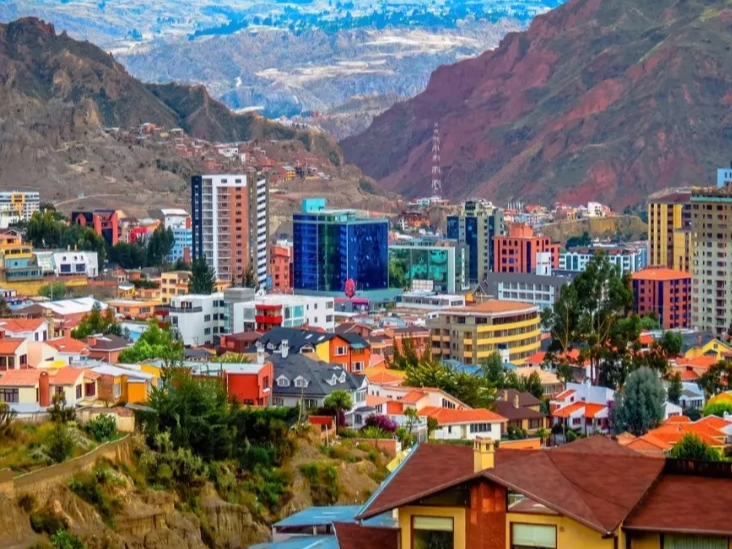- The Pori Bridge is 125 meters long, 3 meters wide, and has an aperture span of 60 meters. It is the first Khamba bridge

Speaking of ancient construction techniques, it is all surprising. Many buildings have stood for a hundred years without using one nail or one riveting. The Pori Bridge, a stone bridge in Le'an Township, Xinlong County, Ganzi Tibetan Autonomous Prefecture, has a history of 600 years and is still standing.

The Bori Bridge spans the Yalong River. It is majestic and magnificent. It was built in the late Yuan Dynasty and early Ming Dynasty. It can be called a miracle in the history of bridges and is known as the first bridge of Khampa. It is the oldest, the most complete, and the largest span of outrigger wood-stone structure bridge.
The Pori Bridge is 125 meters long, 3 meters wide, and has an aperture span of 60 meters. It consists of three parts: a bridge body, a bridge pier, and a bridge pavilion. The two bridge piers look like two bunkers from a distance.

The piers are made of round fir, pebbles, and schist. The middle of the two piers is arched with 4-6 logs. The length of the logs gradually increases from bottom to top to form two cantilever arms. Then beams are erected on the cantilever, bridge slabs are laid, and railings are installed. , Constitute the bridge body.
The Pori Bridge is built entirely of wood, stones and tree vines, which is amazing.
In June 1936, the Red Fourth Front Army and the Red Sixth Army reunited in Xinlong and marched northward via the Bori Bridge. Since then, the local people cordially called the bridge the Red Army Bridge.

The Pori Bridge has rough arches, neat and beautiful abutments, and a perfectly fitting bridge body with wooden dowels. In 2006, the Pori Bridge was listed as the sixth batch of national key cultural relics protection units. In order to protect this centuries-old bridge, the Pori Bridge has been closed to prevent people from approaching. People can only look at it from a distance.

If you have time, would you like to see the Pori Bridge? Editor/He Yuting
Comment
 Praise
Praise
 Collect
Collect
 Comment
Comment
 Search
Search














Write something~